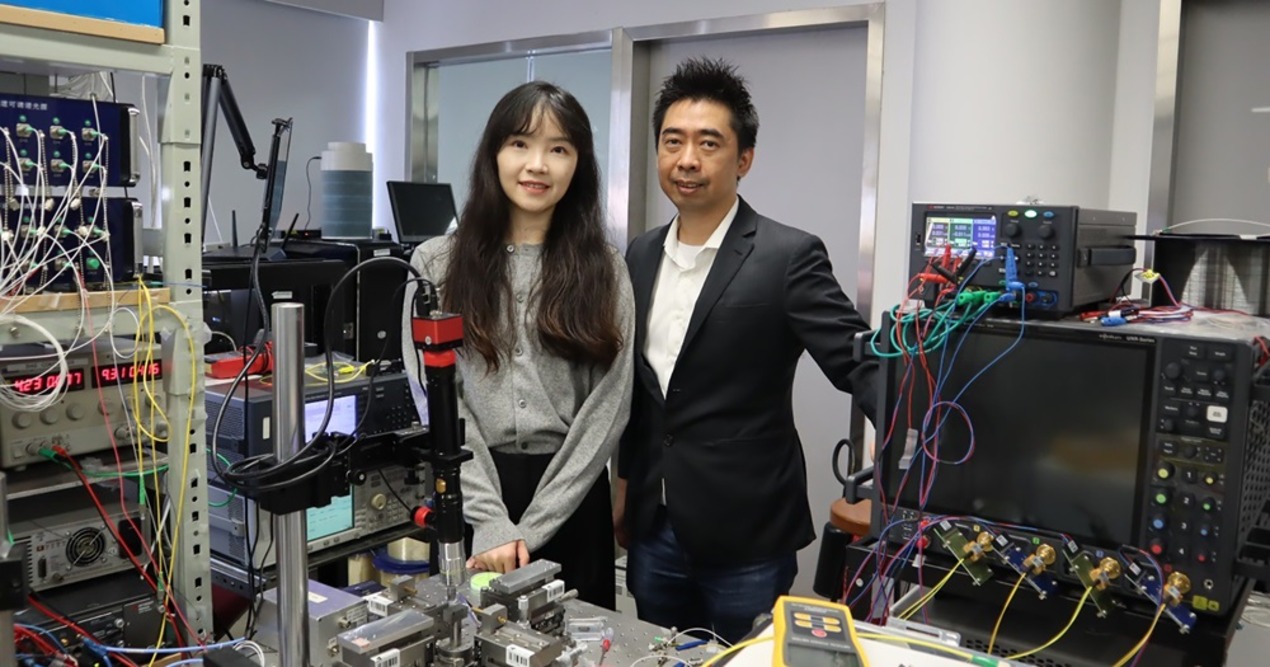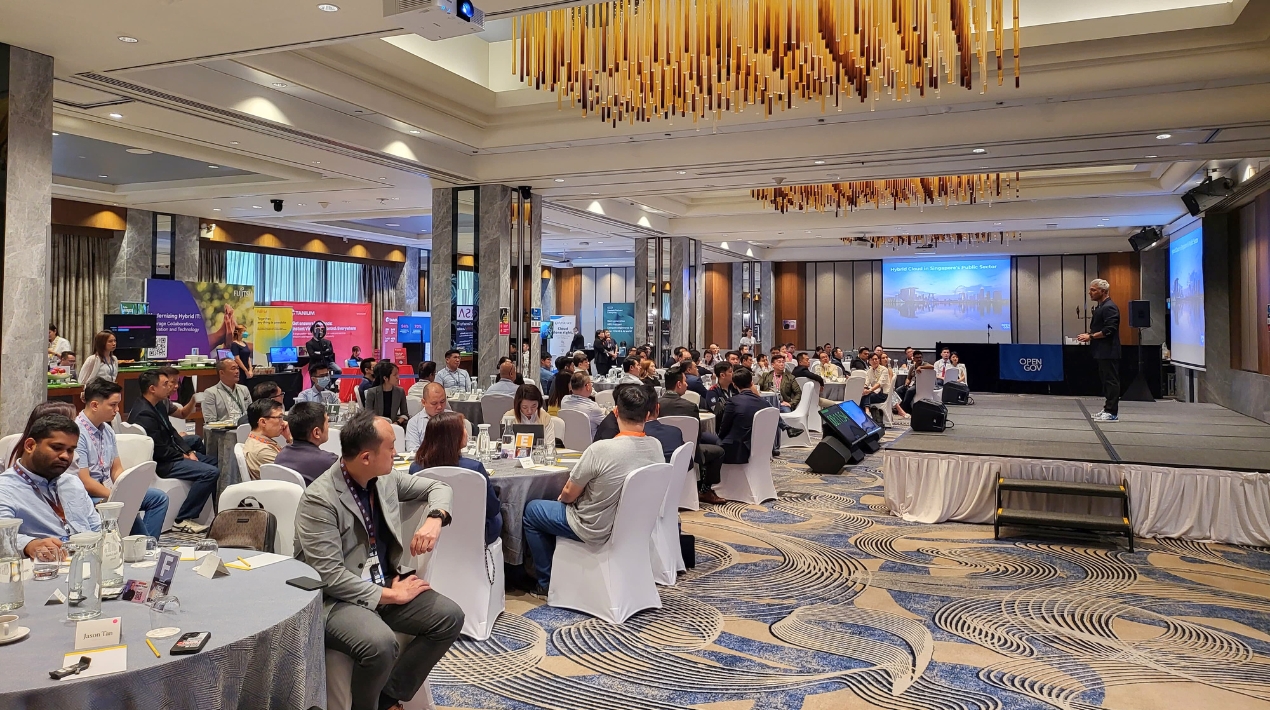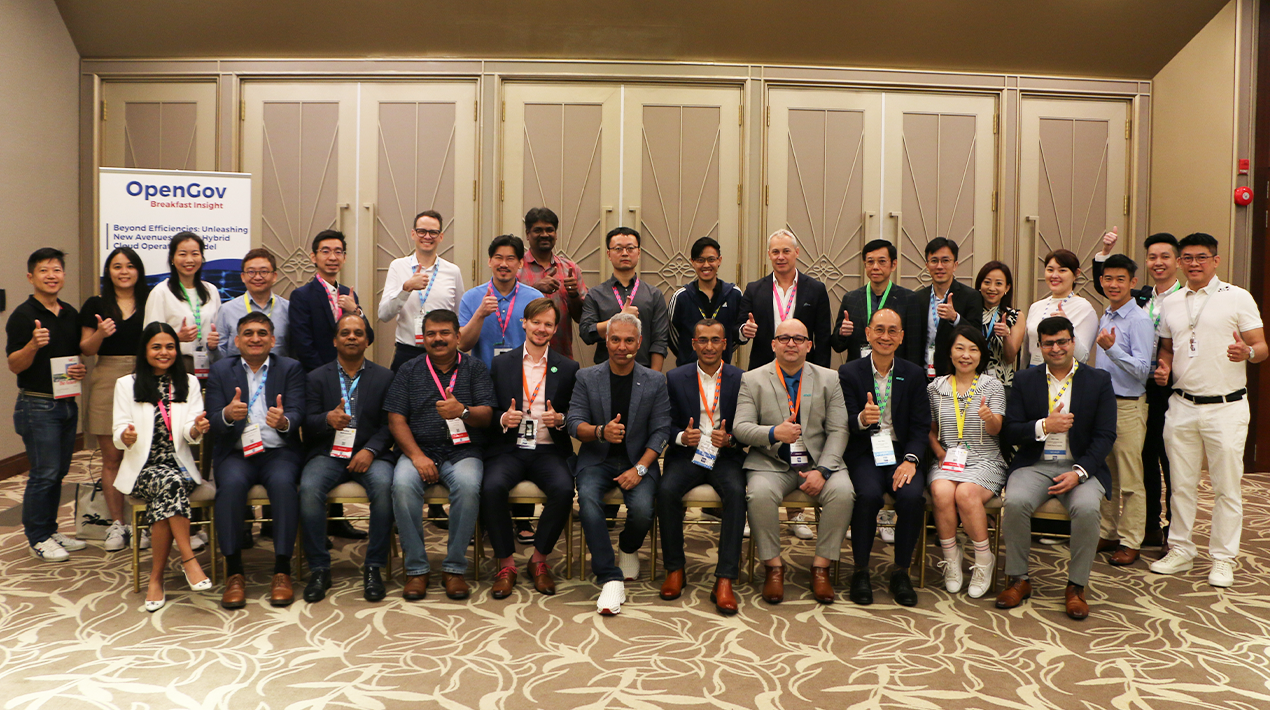
That we live in
an ever more digitized world is immediately apparent if you are a citizen of
Western Europe, North America or East Asia/Australasia. Accessing social media,
communications and retail shopping – increasingly on a smartphone – are
commonplace today. But what is less obvious to consumers is the underlying
technology that powers this ubiquitous, always on world of discourse, commerce
and communication that is being adopted virtually everywhere. Technology is
rapidly changing how we do just about everything.
Klaus Schwab at
the World Economic Forum (WEF) a year ago spoke of a ‘Fourth Industrial
Revolution’, one based on what he described as cyber-physical systems[1]. While
the majority of his predictions are still to scale up, one that has already
arrived is underlying the core of the digital economy: the new technology that
is powering digital currencies and
online payments and is changing how banking and other players in the
financial services industry (FSI) interact with their customers.
At its most
basic, banking historically provided the essential service as an intermediary for
the exchange of cash for goods or services. This remained essentially unchanged
from Renaissance Italy, where modern banking emerged, to the end of the 20th
century. The tools bankers used progressed to double entry bookkeeping to
essentially the same ledger process powered by mainframe computers. Over the
centuries the controls also remained unchanged: with few exceptions, government
issued the currency and the banks its distribution.
Cash is now on
the decline in many economies; large denomination banknotes are being removed
from circulation as being a societal risk in that they enable criminals and tax
evaders to easily hide their crimes. Direct electronic payments can now replace
most transactions from paying for a taxi fare in Kenya with a simple sms phone
service via M-Pesa[2],
to ewallets that are replacing plastic credit cards[3]. Depending
on the country, the amount of cash in circulation as a percentage of total
monetary value averages about 8% globally and has been declining[4]. In
Sweden it is now so low (1.5%) the Riksbank is
seriously studying the replacement of cash completely with emoney[5].
The commonality
behind both the fourth industrial revolution and the revolution in currency and
payments is the widespread adoption of the new technology that is both agile
and that can affordably scale: this is hyper-scale Cloud
computing: services that scale to thousands of servers that can provide unique
security advantages in addition to agility and economy.
The FSI sector: banks, insurance companies and
securities market makers are being profoundly affected by what is now seamless machine
to machine communication, enabling the full automation of double entry bookkeeping,
reducing costs for all parties in the transaction.
This brief paper
will examine how the FSI sector may become more robust and how regulators may
approach these fundamental changes, today, tomorrow and in the future.
The Financial Industry today.
The move away
from cash is not driven by the incumbent banks or financial institutions as
much as it is being pushed forward by software engineers, start-ups and
entrepreneurs, including the established technology giants. It is also being
abetted by governments that are keen to close loopholes for money laundering,
corruption and terrorist finance. The removal of the €500 note in 2016 (nicknamed the ‘Bin Laden’) is a
direct consequence of this policy as is the replacement of high value notes in
India and Venezuela in late 2016. Only Switzerland and Singapore have high
value notes today. The former US Secretary of the Treasury, Larry
Summers, has even called for the US$100 bill to be eliminated[6]. Moreover with interest rates at
historic lows, many banks now charge for large cash deposits to reflect the
real cost of handling cash (as well as asking where it came from). Cash is no
longer King for banks, but a liability.
This has fueled
the move to mobile money from Beijing to Johannesburg, where it
has effectively brought banking to over 15 million South Africans for the
first time[7].
The World Bank reports that while just 1 percent of adults globally use only a
mobile money account, in Sub-Saharan Africa, this rises to 12 percent or 64
million adults, with 45 percent of them having only a mobile money account[8]. In
Nigeria, the new national identify card has electronic payments functionality
built in to the EMV chip[9]. Thus
technology is driving financial inclusion around the world through lowering the
barriers to gain access to low cost payment services, a key issue in addressing
inequality and development. This is also recognised by APEC as a driver of the
digital economy[10]
Start-ups, banks and telecom companies are all
competing in an increasingly crowded market for online and mobile financial
services, so how is a potential customer to choose? When banks first started
their journey to empower customers, it was not altruistic: cost containment was
the driving issue. Although having been introduced as long as 50 years ago, the
ATM remains central to the banking industry and adoption is still growing in
many countries, with a projection for over 3.5 million units installed worldwide
by 2020. Depending on the bank’s location, the cost of ATM vs a counter service
transaction is approximately 90% lower. ATM’s remain central to a cash economy,
but the installed base is decreasing in Europe in line with the decrease in
cash as the prime means of transaction and the rapid uptake in Europe of online
banking for other services[11].
The next round of automation was phone banking
followed in the late 1990’s by the first recognisable online banking service enabled
by the internet. The first true internet enabled banking (videotext in the 1980’s
never really took off) was not embraced until the widespread availability of the
World Wide Web (www) and the internet browser. This was launched in 1995 by
Wells Fargo bank in the US which enabled customers to interact with their
accounts for information via its website.
At the end of 1999 penetration was less than 0.4% of
households in the U.S. but by 2004, some 33 million U.S. households (31%) were
using some form of online banking. In the UK online banking grew from 63% to
70% of internet users between 2011 and 2012[12].
Rajesh Kumar, Professor at the Institute of
Management Technology Dubai, UAE, referenced a report that a typical branch
teller transaction in the US costs the bank US$4.25, dropping to $2.40 through
a phone call centre and then plunging to only US$0.20 for the same transaction
online. He has further postulated that a mobile transaction will be less than
half that again at US$0.08[13].
This is a decrease in cost almost comparable to Moore’s Law for computing[14]. This
is an important observation as it is access today to new technology, in
particular the collection of services under Cloud computing, that will enable both
FinTech companies and FSI’s to drive down costs even lower.
Paradoxically it is both a faster internet in more
developed economies and weaker broadband infrastructure in lesser ones which has
led to mobile becoming a far more practical option to carry out tasks and
duties in developing economies.
This in turn leads to what will be one of the
key differentiators in a crowded bank/FinTech market in the near future: lowering
the cost of transactions to as close to zero as possible.
The Financial Industry of tomorrow.
If we take the closing
sentence above as the starting point, and if we further take tomorrow as
January 1 2017, we have to ask is this practical and what does it mean for the
FSI sector? Temenos is a Swiss company that is a major supplier of core banking
systems worldwide. John
Schlesinger, Chief Enterprise Architect at Temenos, stated “The advantages of Cloud computing in terms of cost
and customer experience look more compelling than ever.” In a recent paper
written by David Arnott, CEO Temenos, customers were asked questions regarding
benefits and barriers in adopting cloud services. The major benefits cited were
lower overall IT costs (58 percent); ability to shift to new technology (50
percent) and to add new business functionality more quickly (34 percent).
Before we get
into details, as banking has at its core the provision of services for both
citizens and the financing of the exchange of goods and services, in other
words trade, let’s look at that first. A U.S.
International Trade Commission study showed that cross-border data flows and
the business trends that they enable generate enormous value globally:
- More globally
connected Economies increase their gross domestic product (GDP) growth by up to
40 percent more than less connected Economies. - Information
and communications technology (ICT) usage enables growth, particularly in
emerging economies, by giving new and small businesses ready access to global
service delivery platforms. - Removing
trade barriers faced by digitally intensive firms would markedly increase GDP,
wages, sales and employment. Embracing cross-border data flows reduces physical
trade barriers and reduces the impact of geographical isolation from major
export markets.
As the French
economist Thomas Piketty has recently observed, protectionism does not produce
wealth, and free trade and economic openness are ultimately in everyone’s
interest.[15]
Anyone who has
used an Over the Top (OTT) service, so called as they layer on an internet
connection, is already experiencing
close to zero cost for their voice phone calls and SMS. Software and hardware
companies are increasingly morphing into technology service companies and are making the world’s
best technology available to consumers at close to zero marginal cost; many supported
by advertising. Free voice messaging apps like Skype, WhatsApp or Allo enables people
to communicate and collaborate in ways – and at price points – never possible
before. Online search
saves the average consumer many hours each year to find products and services.
GPS enabled mapping saves even more in time: congestion, fuel and pollution are
all reduced in guiding people to where they need to go. Online marketplace
platforms like Alibaba.com, Global Sources, Amazon and eBay mean micro
enterprises and individuals can access global markets instantly.
An increasing majority of these instances host their
data and it is processed in a Cloud infrastructure, where the owner of the
service has outsourced the hardware and often the software and storage for
their service. A Cloud enabled infrastructure using managed data centres that
may scale on demand and therefore reduce the cost per transaction. Distance is no longer a barrier nor is the
cost of communication which has dropped virtually to zero due to packet
switched technology, the same technology that powers the Cloud.
But not all
Cloud offerings are delivered equally. Although the basic attributes may be
created and hosted on smaller data centres, the Cloud efficiencies really come
to the fore in hyper scale deployments: literally thousands of servers in a
single geographic cluster. This is well suited to the financial industry which
needs such scale to drive down transaction costs. The only limitation to this
is really regulation: regulators that do not open to the hypercloud will create
a disadvantage to their national banks in being unable to scale to increase their
agility to modernise ageing legacy infrastructure and to embrace change and
reduce costs. This disadvantage will, over time, both limit the
services available to customers in the country and competitiveness.
There will certainly be some classes of data that
regulators want stored locally (although over time I believe this will be
minimal), so hybrid options are okay for now. Current policy focus needs to be
on data classification and management rather than on large scale data
localization if the cost and scale benefits of the Cloud are truly to be
realized. It is clear then that for banks to be competitive tomorrow
they need to transform today. The
technology for this is available now, in particular as the blockchain provides
an immutable ledger of transactions. As proven with widespread adoption of packet switch technology,
costs have dropped dramatically and by logical extension this may extend to ultra-low
payments transaction costs; what next?
The Financial Industry of the (near) future.
If payments are
the low hanging fruit that may be enabled today by Cloud computing and rolled
out as services tomorrow – that is in 2017 – what of the next five years? In 2015 there were just fewer than five
billion unique mobile subscribers, according to the GSMA, compared with the
global population of 7.4 billion. Forecasts predict 5.6 billion unique mobile
subscribers globally by 2020 – which is likely to be more than the number of
people with electricity at home (5.3 billion), regular bank accounts (4.5
billion), or running water (3.5 billion)[16].
The vast
majority of new subscriber additions will come from developing markets, with
GSMA Intelligence putting this proportion as high as 93%. According to the
International Telecommunications Union (ITU) data shows that while 84 percent
of the world's people live in an area where mobile-broadband services are
offered, only 47 percent are actually using the Internet right now[17]. So
there is a gap to be closed to bring these people into the online world.
A report by the World
Bank Development Research Group and the Better Than Cash Alliance outlined how
the digitisation of payments, transfers, and remittances contributes to the G20
goals of broad-based economic growth, financial inclusion, and women’s economic
empowerment.
Paradoxically it
is the poorest that pay the highest costs for sending money across borders. Recent
research including the GSMA’s ‘Driving a
Price Revolution: Mobile Money in International Remittances’ that looks at the
impact of mobile money on reducing the cost of international remittance and ‘ A
Cloud for Good’ from Microsoft[18]
examines how technology may address this. The average cost of sending US $200
was 2.7 percent, compared to six percent when using global money transfer
operators (MTO’s). Entrepreneurs are aiming for sub 1% costs. So there is a
clear case to encourage inclusiveness for the unbanked into at least the
payments and remittance system as a precursor to full financial inclusiveness,
which is a key Millennium Development Goal (MDG) of the UN.
By lowering the
costs of transactions through automation in the Cloud for mobile devices, banks
can compete with the FinTech payment providers. Also by transforming their
legacy systems to be Cloud based they may gain business from dominant MTO’s (as
well as competitors): their ‘Uber’ moment may be fast approaching.
New ways of financial
transaction accounting are being explored using blockchain technology that is
the concept of a decentralised, independently verifiable, and immutable ledger.
It can be a distributed database or even a decentralised hosting provider, but
for blockchain to reach mass adoption, there are also technical challenges that
need to be addressed, such as scalability and private key management., both of
which may be addressed by taking advantage of hyperscale Cloud computing.
We are headed
towards an era not just of ubiquitous connectivity, but of smartphones heading toward
$US 50 a unit, which is affordable for all except the very lowest income
segment of society. One way to address this gap may be the supervised distribution
to developing countries of the many smartphones that today come off typical 2
year contracts in the advanced countries. These may be voice printed via an app
to end users to prevent resale, with approved charities administering distribution
and not subject to import duties. Given recent trends this segment will rise in
the not too distant future to be connected. It is not inconceivable that
connectivity and access may be a basic human right in the near future; such is
the network effect on economic well-being.
With affordable
connectivity and hardware combined with rapid advances in software leading to
practical uses of artificial intelligence, we are well on the way to what Ray
Kurzweil has described in ‘The Singularity is Near’: beyond the cyber-physical
to the virtual merging of man and machine[19].
This may be enabled through a vision of the Platform, People & Process, whereby the platform
is the Cloud that enables people to access the processes that they want to use,
which in turn will drive growth.
But what about the regulator?
Banks are a
sector of society that has been regulated for decades, and for good reason:
they are the bedrock of trust in all institutions and have failed spectacularly
in the past, some most recently as 10 years ago: banking is still a fragile
institution in many countries. How can this be improved?
A regulator
usually has a dual function: to maintain the stability of the country’s
financial system and to regulate banks and deposit taking institutions. Whilst
both are linked, it is the regulation of banks and how they use the Cloud that
needs clarifying.
The degree of
regulation varies by each country; however a commonality is that the regulators
must be able to examine the records of those regulated. With respect to new
technology, since its inception in the United States, online
banking has been federally governed by the Electronic Funds Transfer
Act of 1978 which somewhat
presciently included ‘remote banking’ programs[20].
Most central
banks have guidelines for bank technology outsourcing, which has been common
for decades and includes contract IT services, data centre hosting, credit card
processing (often abroad) and software. Indeed an examination of software
agreements since the inception of mainframe computing clearly states that the
developer is the owner and the bank merely licenses the software for use. The
majority of such guidelines therefore implicitly have the approval for Cloud
computing services to be utilised by banks, but they may need to be clarified
in an update in some countries. Forward looking regulators have indeed already
done this[21].
Draft guidelines have been submitted by industry associations to central banks
in several counties for consideration.
One often cited reason that regulators have been
slow to approve Cloud outsourcing for banks is that sensitive information may
not be sent or stored outside their jurisdiction. At issue really in the
definition of what is ‘sensitive’, is it personally identifiable information?
If so then the answer is to protect it via data classification and strong encryption[22]. If
it is because no bank data may leave the national borders, then they are
ignoring reality.
This really does not make much sense: if enacted it would
bring the global financial system to a grinding halt as trillions of dollars
are transacted across borders everyday over the bank-owned SWIFT messaging
system. The encryption used by SWIFT as well as the hardware is virtually identical
to that of the major Cloud service providers: if it’s good enough for SWIFT and
in compliance with the same standards and certifications, then there is no logical
reason that the Cloud should not be used by the financial industry in any
country.
The future of the financial
system lies in the ability to reduce the cost of transactions as low as
possible with full data redundancy and security, which I have written about
elsewhere[23]. The technology that will
enable this will be a hybrid of on premise (for core banking services) and
outsourcing, via the Cloud for all non-core banking services.
In
addition to the agility and economic benefits in the Cloud, there may also be a
closer integration of compliance and security with enhanced visibility for
regulators. Security and risk management is a given requirement, but how do you
address the elements that make this up?
One example is that the
Cloud may enable the regulator to also check for bank compliance in virtually real
time, in fact this is being done today in stock trading compliance for insider
trading/fraud detection using the Cloud. This may also reduce a bank’s
compliance costs. In anticipation of this, the New York Federal Reserve has
increased its technical oversight of banks, building on draft federal
guidelines which will come into effect March 1 2017.[24]
Cloud platforms also may
act as “system containers”, providing a new kind of defence in depth (the Cloud
is not only a programmable infrastructure, but a reacting infrastructure: it
allows for monitoring, logging and alerting of “interesting” events, enhancing
security).
From the FSI sector
view, it is clear that they want to deliver competitive quality services, without
any compromise as to data security, confidentiality, integrity and high
availability. At the same time they need to reduce costs to improve the balance
sheet to compete with each other and the FinTech start-ups.
The best way to do this is to adopt the same technology as what the
FinTech start-ups are using: The hyper Cloud. It is available right now and is
well on the way to being the basis for all enterprise computing. Forward
looking institutions will work towards the same goal – utilizing the hyper Cloud to benefit their customers
and the competitiveness of their national economies.
© 2017 APP.
[2] https://www.mpesa.in/portal/
[3] http://www.toptenreviews.com/business/payment-processing/best-mobile-wallets/
[4] https://www.quora.com/What-percentage-of-the-worlds-money-is-printed-in-cash-bills-coins
[5] http://www.riksbank.se/en/Press-and-published/Speeches/2016/Skingsley-Should-the-Riksbank-issue-e-krona/
[6] http://time.com/money/4226174/kill-100-dollar-bill-500-euro-phase-out/
[7] https://www.theguardian.com/global-development-professionals-network/2015/jun/30/barclays-boss-financial-inclusion-africa
[8] http://www.worldbank.org/en/programs/globalfindex
[10] http://www.apec.org/Press/News-Releases/2016/0818_ECSG.aspx
[11] https://www.accenture.com/_acnmedia/PDF-10/Accenture-Banking-ATM-Benchmarking-2016.pdf
[13] Strategies of Banks and Other Financial
Institutions: Theories and CasesBy Dr. Rajesh Kumar http://www.imtdubai.ac.ae/drbrajeshkumar/
[14] http://www.mooreslaw.org/
[15] ‘Capital in the 21st Century’, Thomas
Piketty Page 523 (English edition) Harvard University Press
[16] https://www.gsmaintelligence.com/research/?file=357f1541c77358e61787fac35259dc92&download
[17] http://www.itu.int/en/ITU-D/Statistics/Documents/publications/misr2015/MISR2015-w5.pdf
[18] https://news.microsoft.com/cloudforgood/
[19] http://www.kurzweilai.net/
[20] https://www.federalreserve.gov/boarddocs/caletters/2008/0807/08-07_attachment.pdf
[21] The UK, Singapore, Australia and
Hong Kong, to name but a few
[22] See Cloud Computing: why security is
not the issue – its data classification. M Mudd 2016





















